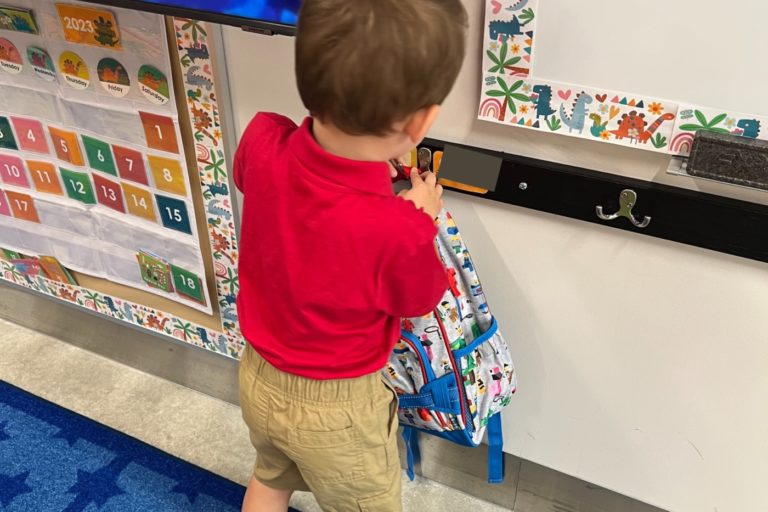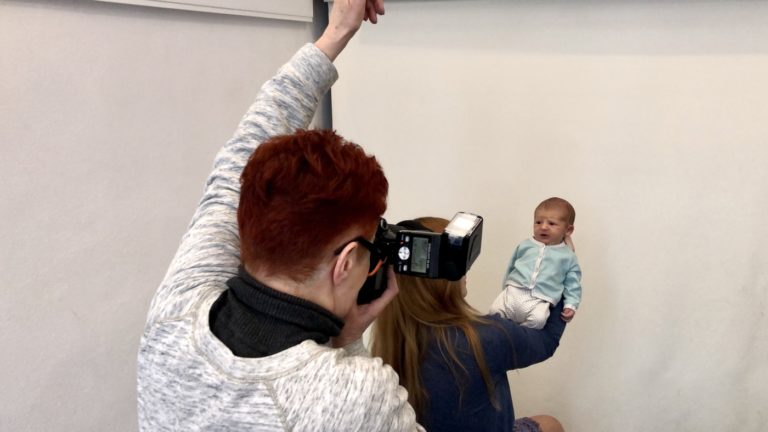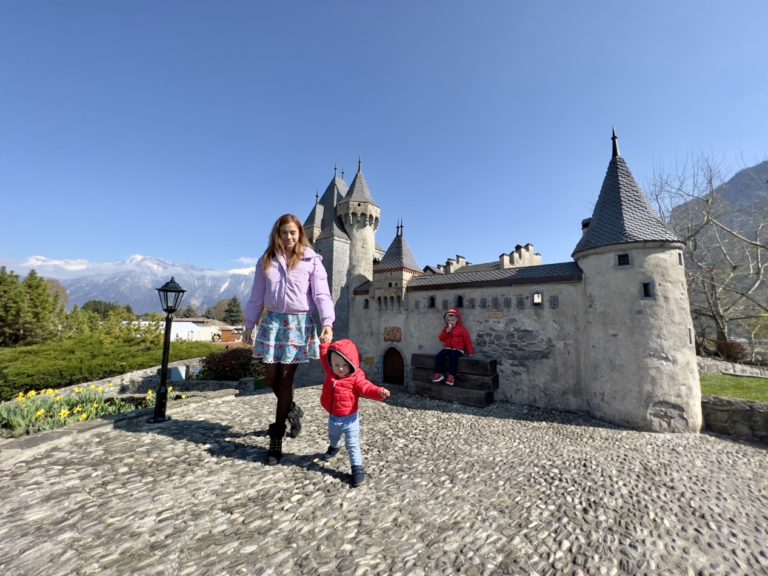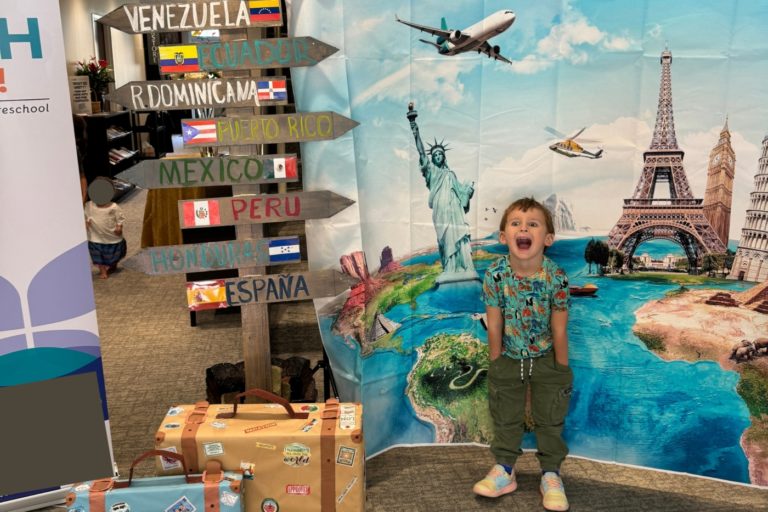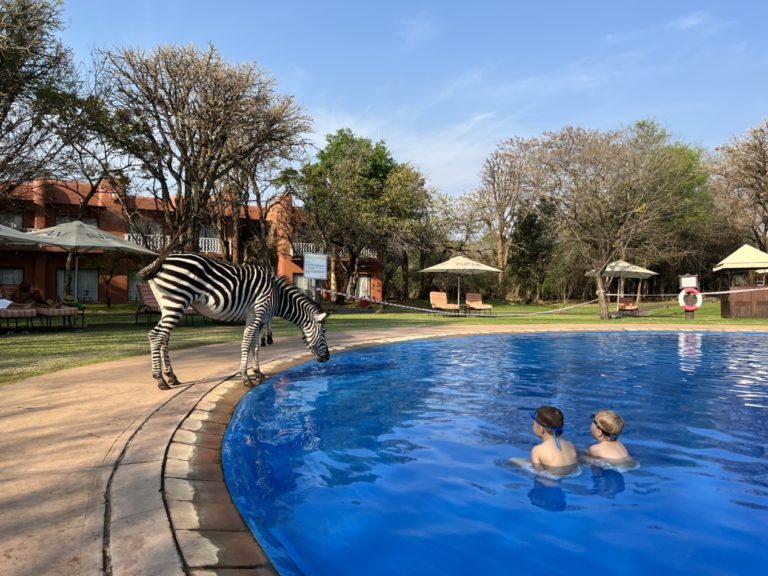What to Consider When Picking a School Abroad: Local vs International Schools
Whether you’re planning on moving abroad indefinitely, for a contract, or temporarily, picking a school isn’t an easy decision. Families usually decide based on the country they’re moving to, language learning opportunities, and cost. But, there are a lot more factors to consider when picking a local vs international school.
Options for schools tend to be either local or international. Among these, there are also options and the choice matters more than some might think. Each one of these schooling options has numerous pros and cons which might or might not matter based on your situation.
Local schools:
- Standard public school in a language of the country, with some exceptions
- Private local school, also usually in the language of the country
- IB program, usually at a specialized public school
International schools:
- British School
- American School
- European School
- French School
- IB program
Further Reading Recommended:
- The Smartest Kids in the World: And How They Got That Way
- The Happiest Kids in the World
- The Danish Way of Parenting
- French Kids Eat Everything
What to Consider When Picking the Best Option for Your Family
Apart from the obvious, potential language barrier, there are numerous things to take into account when choosing a school.
First and foremost something parents often overlook when picking an international school, even as a local simply wanting to give the kids language immersion is the fact that it’s surely harder to keep a friends circle at an international school.
Usually, at least 20-35% of the class at an international school leaves every year with new kids coming in as family moves, which might be a downside and lack of stability for your kids if you plan on staying for more than a year.
Preschool vs Primary School
First and foremost, the age of your child will impact your decision. The age of entering elementary school varies per country and the system might differ. For example, the kids must attend “school” at the age of 3 in France, while in Poland or Germany it’s 6 years.
However, the first three years of school in French schools are essentially preschools located in a different building from the primary school and serious schooling starts at 6 as well. In the Netherlands, kids start school the day after the 4th birthday regardless of when it falls within the year and stay in a slightly more preschool setting, but still at the primary school until they’re starting real school and the equivalent of 1st grade in the same building – hence why it’s all treated as the same school.
On the other hand, in the US kids tend to start school in Kindergarten at the age of 5, which is located at the primary school and involves real academics, learning to read, and less of a playgroup than it is in Europe. It’s similar in the UK when kids start primary school at the age 4 in Reception, which is also academically challenging.
Hence for example, if you’re moving from the UK or US to somewhere in Europe with a 5 or 6 year old year old who’s already spent a year or two in a standard primary school, the kid will be sent back to a preschool setting for another year before reaching first grade.
Some kids might not mind, but for my children being sent back to what they called a “school for babies” wasn’t very exciting. We experienced it when transferring from an American to a French school and quite frankly, I would rather recommend waiting an additional year before moving in this situation.
Cut-Out Dates Might be Different
I frequently see the grade equivalents table, but there are a few important differences. When kids start school depends not only on the country’s regulations but also on their exact date of birth. In the US every state has different cut-out dates.
In most US states the cut-out date is usually either August 31st or September 1st. That means that if your child is turning 5 years old in August 2025 they can start Kindergarten in August that year.
However, if your child was born just a few days later, on let’s say turning 5 on September 2nd then they need to wait a whole year to start Kindergarten the following August.
The system works the same way in the UK where in 2025 for example, the kids starting Year 1 (US Kindergarten) need to be born between September 2018 and August 2019.
In other countries like France or Poland for example, there’s no cutout date and it’s split by year. For example, kids entering 1st grade in 2025 just need to be born in 2019.
That means, that if your child is born between September and December the grade they’ll be placed in depends on the country and might not be the same. It will also mean that in the US your June-born child would be one of the youngest in the class, while in France they would be exactly in the middle.
Different cutout dates will apply to specific private schools depending on what the school thinks is best. For example, the French school we attended in the US decided to follow the US cutout date instead of the French one, while a British school in Poland kept the British cutout instead of following the Polish one.
Following the Official Rules or Not as a Foreigner
Some parents opt for keeping their children at home for an extra year, doubting their readiness for school, especially if they’re under the official age of having to go to school.
While you don’t have to send your child to school until they turn 6 years old and just skip Kindergarten or complete it the following year, it doesn’t mean that things can run so smoothly. For example, some regions will send your kid directly to 1st grade instead of K if they’re already 6 years old and they don’t have to approve your request to keep the child in K. The same rule now applies to the UK.
Not to mention, in highly populated areas, while you can keep a child at home it might limit your option of the school of choice. For example, in NC it’s next to impossible to enter a magnet school after K, which isn’t technically compulsory.
In the Netherlands, there’s a similar situation where you need to register your kid for school when they’re 3 years old (as it starts at 4) and the best schools fill up instantly, even though compulsory school attendance doesn’t start until 5.
Different School Set-Ups with Older Kids
In the US after 6 years of primary school, including Kindergarten, kids move to a a 3-year middle school before continuing to high school. The process is very straightforward in a way, so you might think that a 10-year-old moving to a different country would continue to middle school…
That depends. In Poland for example the system switched back to an 8-year primary school where the kids stay before changing schools. They don’t necessarily need to go to high school afterward… kids can pick between high school focusing on academia, a technical school focusing on academia and a trade, or complete just a trade school.
In the Netherlands or Switzerland for example, this process happens already after primary school at the age of 11. The basic primary school education finishes with a test that makes the teachers and students decide whether the student continues to academic school, technical, or trade school. If trade school is recommended and chosen, there’s no way back to academia.
Language Barrier
When it comes to preschool-age kids under the age of 6 most countries will send the kids to a regular school, where the kids acquire the language by daily interactions. Usually, around 5 years old most places will provide additional language classes to kids completely new to the language.
Starting from the age of 6/7 and 1st grade things get trickier, as not all public schools will have resources for additional language classes. Some countries, like the Netherlands for example, will send kids to a special immersion school first for up to a year before transferring them to a regular school.
The kids will struggle at first but within a few months, they begin understanding and speaking the basics. I do know kids who arrived in a foreign country at even 9-10 years old and still learn the language like it was nothing.
Nevertheless, it’s not a few months’ process… the kids will be able to communicate but will have to build up their vocabulary and it will take them at least 2-3 years to be at the same level as their peers.
English Speaking vs Local Language School
Thinking of everything we discussed above, parents might think that a school in English might be a better solution, especially if they’re unsure whether they’ll stay in the country. It’s not that simple though.
Many international preschools and schools in English will welcome kids from all over the world, but depending on the location the vast majority of the students will be from the country. As a result, in the early years, usually up to 2nd grade, knowledge of English isn’t required as the majority of the students are learning it.
As a result, if you send your English native-speaking kid to a school with 60-70% of the kids who are still learning English they could be bored (as the program might be adjusted) until reaching higher grades when English knowledge levels up.
You also need to consider things like local dialects and whether they’re taught at schools. In some areas of Spain, public schools aren’t all actually in Spanish. Schools can pick depending on their preference (between 60 to even 90%!) to teach in the local language instead. In Valencia, a popular expat city, schools will teach Valenciano (a local language, a variant of Catalan), while in Barcelona schools will be in Catalan. Only private schools will teach 100% Spanish but usually use 50:50 English and Spanish.
Program Differences
Learning a language isn’t the only thing that might be new to your child when changing schools between countries. Numerous program differences can cause either boredom or challenge for your child (or both).
For example, British or American schools teach reading and focus on writing starting from PreK or K (Reception or Year 1). They also focus on reading in those grades and British schools even have the first standardized test after Year 1.
In European schools, kids don’t really read or write formally until 1st grade. They might sign their name or trace some letters, but it’s not expected until 1st grade.
That said, a child moving from a European preschool and entering 1st grade in the US or UK is expected to know much more than it’s expected in Europe, not to mention the fact that these grades are more academic and less of a carpet time songs and learning through play.
At the same time, ironically, in higher grades things change and a child coming from a European school to an American one in 3rd grade or above can skip at least a grade. Most children who transferred from Poland, Finland, or Germany to an American school halfway through middle school were easily able to pass the SAT already and became bored, especially in math and sciences.
Another big difference that makes a huge difference in higher grades of primary school is the actual writing. European schools teach and more importantly, require neat writing in cursive.
In the US cursive isn’t taught at all, and since 2010 any handwriting learning isn’t officially required. Most schools still require kids to be able to handwrite things, but it’s printing letters and not cursive. In the UK it’s up to a school how they want to handle handwriting, but it’s always cursive. As a result, even the best students coming from an American school to a European one in 2nd grade or higher will struggle with writing, because it’s neither neat nor in cursive.
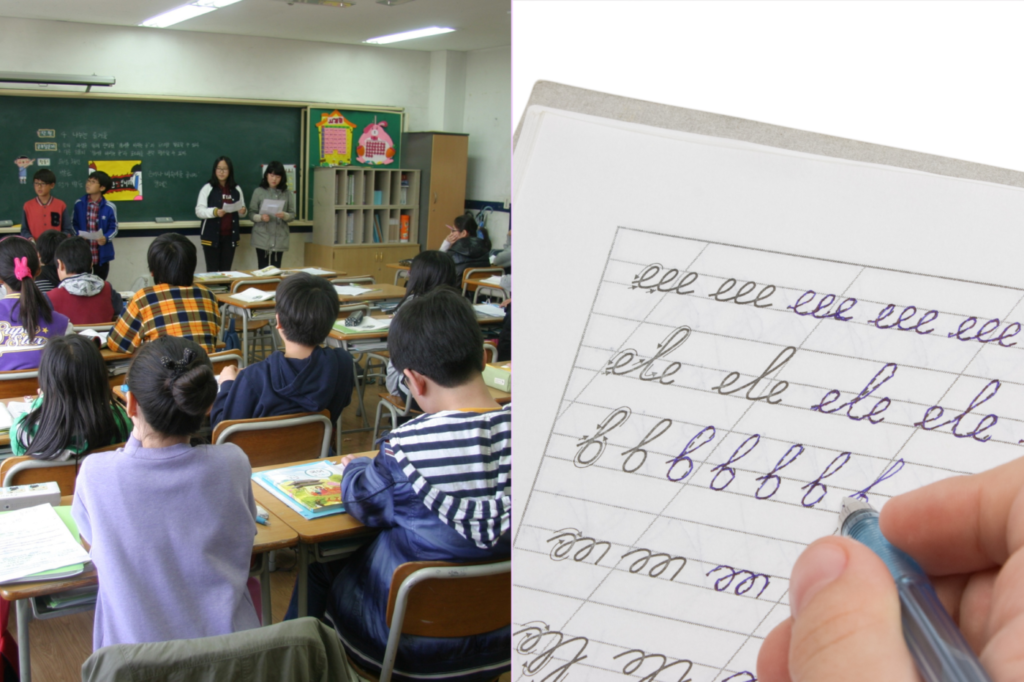
Issues with High School: International vs Local
When it comes to kids in high school things get trickier than ever as the obvious knowledge of the language of instructions is required for any type of school.
In the US, kids can opt for AP levels they can later exchange for college credits. In the UK kids can opt out of some subjects entirely. None of this is the case in most countries of continental Europe.
One thing I always tell international families is to consider their kids’ future concerning high school. Many people aren’t aware of the English requirement for further studies for example. If you’re living abroad for a few years the most natural choice for a child might be continuing education in a local high school in whichever language they know.
Here’s the very important issue…
Even if your child is an American, Australia, or British citizen with their first language being English and speaking it well, unless they went to high school that was in English they will have to pass the TOEFL/IELTS exam to enter a university in the US or UK (or anywhere in English as the language of instruction).
They will not count as international students but will need to take the exam which is frustrating for many reasons. On the other hand, kids who attended IB program in high school anywhere in the world are exempt from that requirement.
I’ve been personally caught in this ridiculous situation my entire life as I attended a standard Polish high school. My Bachelor’s degree was also in Polish, but I wrote my thesis in English. To enter my Master’s degree I naturally had to pass an IELTS as an international student, but…
I continued my education in English (I have an MA and PgDip, both in English). Yet, when I wanted to change my career a few years later and after even obtaining US citizenship I had to pass another IELTS (it has a 2-year expiry date) again. Sometimes you need to travel somewhere else to take the exam and they cost around $300 every time. Anytime I want to study something, take a course, or anything, I will need to retake another IELTS just because my high school wasn’t in English.
Which International Schools Are the Best?
British School
When most people think of sending their kids to international school they often think of a British school. The UK is known for reputable schools all over the world, obviously in English, so it’s easy to switch when you move.
British schools officially start at 4 years old in Reception grade, but child needs to turn 4 before September 1st of the year they enter. Various branches also offer preschool grades (Nursery and Pre-Nursery) starting at 2.5 years old.
The British school curriculum is more rigorous than European schools’ curriculum, as formal education and regular classes (writing, reading, math) start in Reception already and children pass their first formal exam at the end of Year 1. Whether it’s necessary or not depends on the opinion.
There’s another compulsory exam SAT at the end of Year 6, then GCSE at the end of Year 11 in Secondary school, followed by finally A-levels at the end of high school.
French school
French school is the second most popular option among international families, as just like British schools the chain of accredited French schools abroad follows the same curriculum everywhere. This is why many short-term workers or diplomats can easily move their kids from one country to another without the kids having to deal with different approaches or program differences in schools.
French school starts at the age of 3 (schools follow the yearly cut-out date, which means the child can be 2.5 years old to enter the lowest grade if they happen to have a December birthday). The first three years (Petit, Moyenne, and Grande Section) are preschool (Ecole Maternelle), but the kids already tend to practice some writing and learning.
Naturally, the language of instruction is French. Usually, kids can enter Petit and Moyenne section without any previous knowledge of French, but often require basic knowledge of French for Grande section and higher – there are exceptions though, I know of two schools that allow primary school-aged kids to enter any grade with no French as these schools offer language support classes.
French schools are usually about 1/3 times cheaper than British schools which makes an attractive option for families, along with second language knowledge. Most schools will follow the half-day/no-school on Wednesdays, which might be problematic for some parents.
The core difference between French and British or American schools is that the French curriculum focuses more on the individual preparation for the workforce, and less on the wellbeing of pupils and the discovery of their interests, group work, and collaboration for fun.
American School
American school is another option for families wanting to send their kids to school in English. As you may expect American schools abroad will also focus on sports and tend to have their our facilities.
One thing to note is that unlike British and French schools that follow the same curriculum, American schools can pick and therefore there might be differences depending on the school as even in the US schools aren’t required to follow the Common Core State Standards. The CCSS is a voluntary effort among states to set common expectations for students.
For example, in the early years of Kindergarten and 1st grade, it’s up to a school and teacher whether they decide to teach reading through phonics, sight words, or a combination of both. The same goes for math, a school can pick whether they use Saxon Math, Singapore Math, or Abstract Math and as a result, there will be differences in program depending on the school.
Formal writing isn’t mandated by the curriculum (British and French schools teach cursive) and while the kids write using printing writing it’s not formally taught or judged, so you might need to ask the prospective school what they plan on teaching.
IB program
IB stands for International Baccalaureate and it started as a rigorous two-year high school program (DP) that allows students to enter universities around the world without having to pass a local exam.
The program is very challenging, as students need to be able to write and present in English and two other languages of choice, so at least intermediate knowledge is required to enter and usually a test is required. For higher levels of subjects offered it’s usually an AP level or even higher.
Having had experience with an IB program I’d recommend only to hard-working and gifted students, as there’s a lot of individual workload involved. You also need to take into account that an IB student will not have much time for anything else, like sports for example.
With time, IB program also expanded to the Primary Years Program (PYP) and Middle School Program (MYP) which is very different from the DP program, as usually it takes place at a different school. It’s not necessary or even advantageous to attend earlier IB programs as it’s a completely different approach.
The PYP program is inquiry-based with a transdisciplinary curriculum framework, similar to Dalton approach. This is why kids who go through PYP and MYP can feel unprepared for it if the school doesn’t make an effort to aid transitions. The way PYP and MYP programs teach that things aren’t split into subjects. Not all PYP schools are the same and there could be huge variation between different schools offering the program.
European School
European schools are a chain meant for kids of EU workers who move frequently and focus on learning 3 languages simultaneously. The curriculum they follow is something in between the British and IB curricula.
The language learning part is surely attractive to many parents, but as it’s so specialized the levels of other subjects tend to be lower than they should be.


